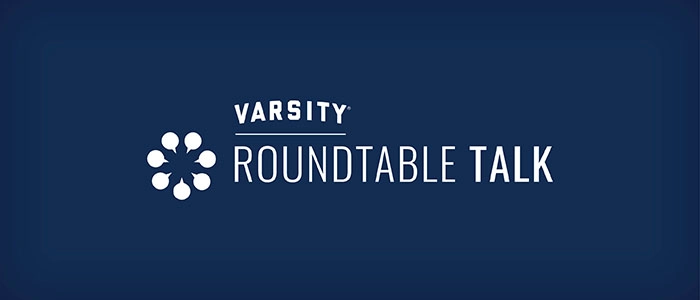QUOTES
“A man’s got to know his limitations. And I knew that it would have made for a great story. But I was happiest in consulting, where I’ve been for 35 years.” (Scott)
“If you think about the organizations that have gotten themselves into trouble in our field, it’s usually because all three—strategy, vision, and innovation—have not occurred.” (Scott)
“When a CEO says to me, ‘I’m really not that good at vision or I’m uncomfortable with it,’ that’s when it can be addressed. It’s when they don’t that you end up in a situation where one, two, or all three are missing.” (Scott)
“Innovation isn’t just people sitting around thinking about cool stuff. It could happen, but it really takes work.” (Scott)
“If you look at the number of villages that have developed over the last 15 and 20 years, it’s phenomenal. But if you look at the business model, in a very rare instance, it doesn’t succeed without fundraising donations. So the business model is flawed.” (Scott)
“When I tell you that people hate nursing homes, I’m not exaggerating. If you get a group of new nursing home administrators in a room and you ask them about the potential for them to end up in a nursing home, most of them will say, ‘I’d rather be dead.’” (Scott)
“Most of the nursing home beds in the United States, including in the not-for-profit sector, are semi-private. That’s a euphemism—because there’s really nothing private about them. It’s inhuman. And actually, there’s a difference between inhuman and inhumane. It’s both.” (Scott)
“We have to focus because this is a heavy lift—societally a heavy lift—but it’s also a huge opportunity. If we don’t do these things, if we don’t focus, it’s the for-profit sector that’s going to take it away.” (Scott)
“The nonprofit governance model is a failed model because board members don’t ask tough questions. When you talk to them, it’s clear they’re critical thinkers in their profession, but when they get into the boardroom, that willingness disappears.” (Scott)
“You want to be ageist around a baby boomer? You’re going to pay the price.” (Scott)
“We should stop feeling the necessity to invent and instead look around. Take something that’s already there and figure out how to scale it.” (Scott)
“If I had to talk to my younger self, I’d say, ‘Get to know yourself, Scott. Don’t spend so much time trying to achieve. Spend some time trying to understand you, because then you might achieve more.’” (Scott)
NOTES
Scott Townsley is a senior living strategist and consultant with over 35 years of experience helping organizations navigate challenges and embrace innovation. A former attorney and long-time industry leader, he founded Third Age, was a partner at Clifton Larson Allen, and now serves as Senior Advisor to Trilogy Consulting.
Trilogy Consulting provides strategic guidance to nonprofit senior living organizations, focusing on vision, strategy, and innovation. The firm helps organizations adapt to industry shifts, rethink traditional models, and implement forward-thinking solutions to better serve aging populations. Trilogy Connect, a related initiative, fosters collaboration and knowledge-sharing among senior living leaders.
Trilogy emphasizes the intersection of strategy, vision, and innovation, noting that organizations that fail to integrate all three often struggle.
Scott began his career as a dishwasher in a senior living community, later becoming its general counsel and ultimately being offered the CEO position.
Lack of vision and innovation hinders the senior living industry. Many organizations operate on outdated models without adapting to changing demographics and consumer expectations, leading to financial and operational challenges.
Innovation requires commitment, not just ideas. True innovation isn’t just about brainstorming new concepts—it requires structure, investment, and a willingness to rethink outdated business models.
The nonprofit governance model is failing. Board members often avoid asking tough questions, which weakens decision-making. Compensation for board members could create a stronger sense of responsibility and accountability.
People hate nursing homes. Research shows that public perception of nursing homes is overwhelmingly negative, and even industry professionals often say they would rather die than live in one.
Semi-private nursing home rooms are inhumane. The standard practice of placing two, three, or even four people in a room is outdated and unacceptable. Small-house models like Green House have addressed this issue, but widespread adoption has been slow due to myths about financial feasibility.
Age-in-place programs need better messaging. Many Continuing Care at Home (CCaH) programs market themselves like long-term care insurance, which is a turnoff to consumers. Instead, they should emphasize their ability to keep people out of nursing homes.
The nonprofit senior living sector is losing ground to for-profit operators. If nonprofit organizations don’t adapt, they risk becoming irrelevant as for-profit providers scale faster and respond more aggressively to market demands.
The industry underutilizes data. Senior living communities could benefit from predictive modeling to anticipate residents’ needs, yet the sector remains far behind in leveraging data for proactive decision-making.
